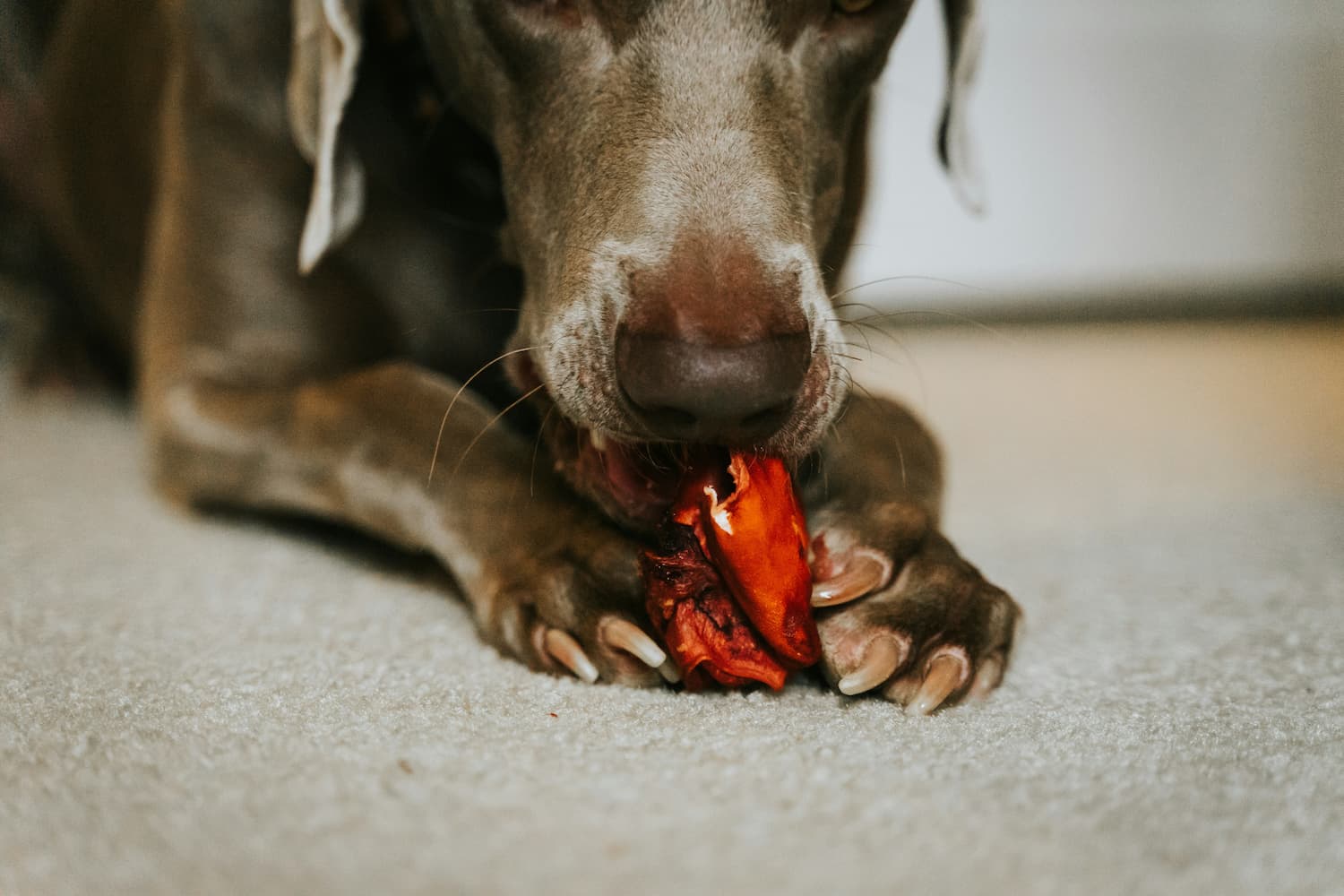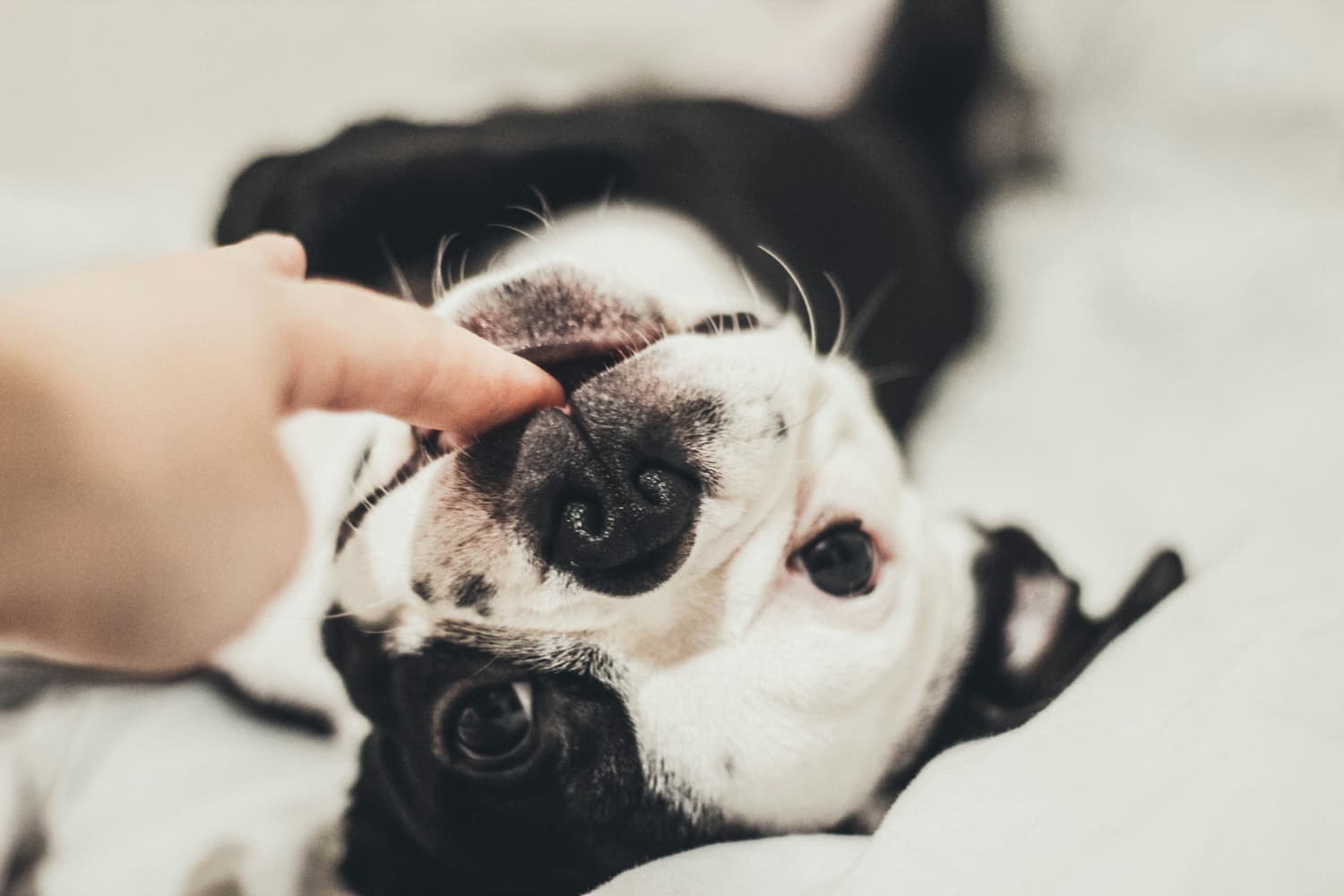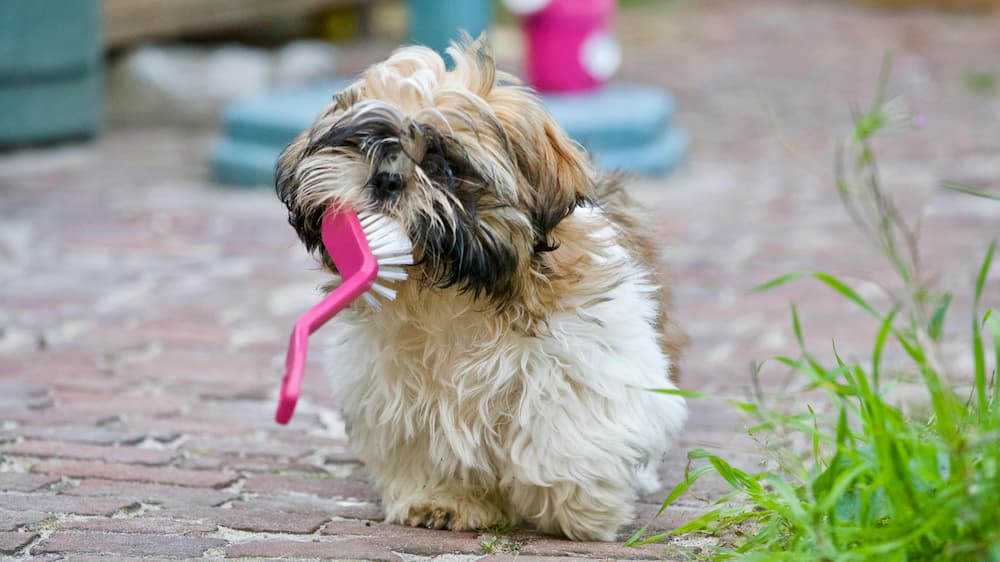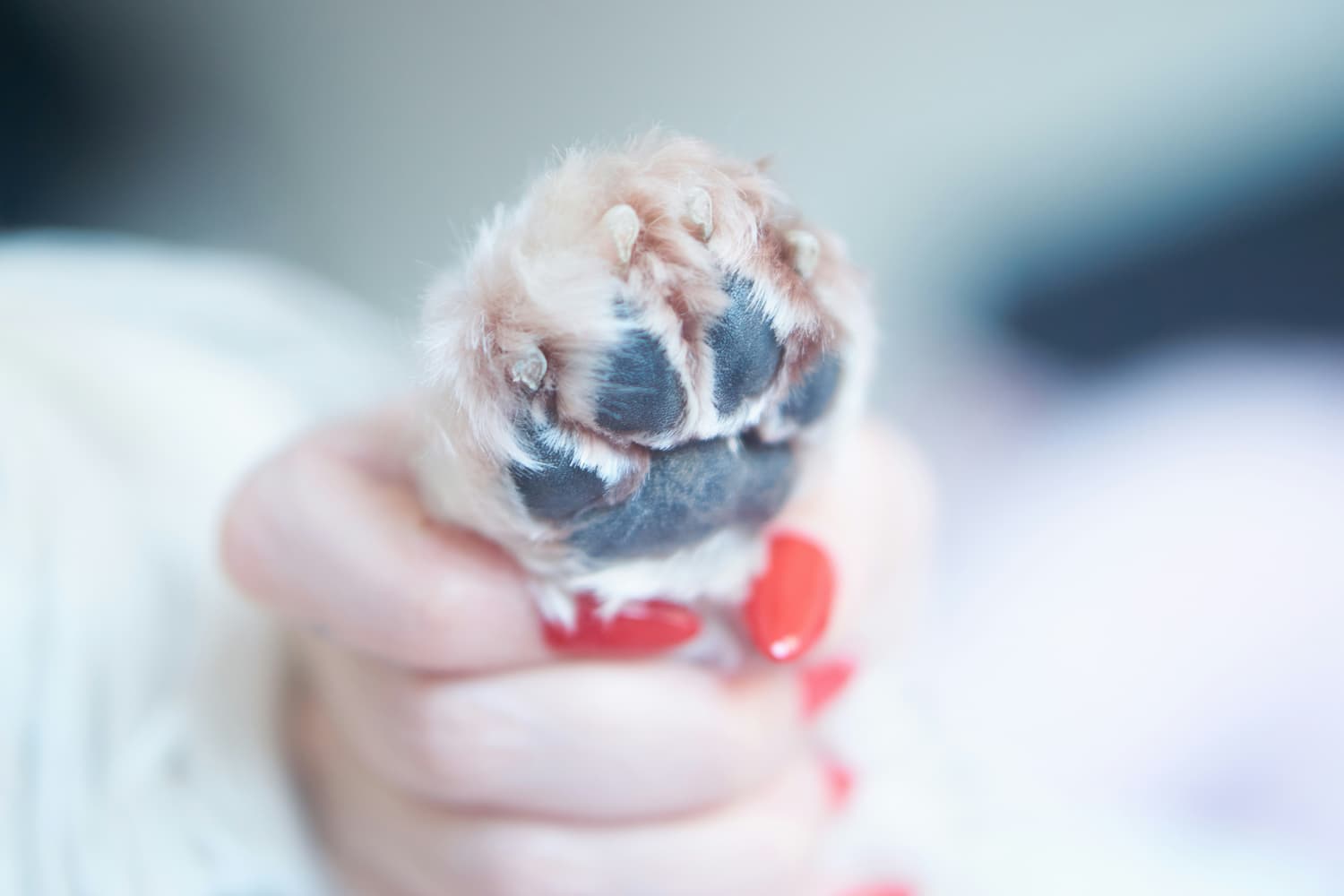Bringing a new dog into your home is exciting, but as a pet owner you might suddenly notice something unpleasant—your dog’s breath. Proper dental care is often overlooked, but it’s crucial for your dog’s health. Many owners wonder “how often to brush dog teeth.” Veterinarians stress that daily brushing is ideal to remove plaque before it hardens, although brushing every few days still helps. In this post, we explain the recommended brushing frequency, why brushing is so important, and what to do if you can’t brush each day. We’ll also share tips on introducing brushing to your pet and when to schedule professional cleanings.

How Often Should You Brush Your Dog’s Teeth?
Daily brushing is ideal for dogs. Veterinarians agree that daily brushing is best to prevent plaque and tartar buildup. The AVMA notes that “daily brushing is best” and that even brushing “several times a week can be effective”. VCA Animal Hospitals advises brushing “at least twice every day” when possible, and says brushing three times a week is the minimum recommendation to reduce tartar. In practice, aim for daily brushing. If that’s unrealistic, be consistent: even brushing a few times a week will help keep plaque under control. Even if you can’t brush every day, do the best you can. One veterinary clinic notes that if daily brushing isn’t practical, cleaning your dog’s teeth at least once a week will still benefit their dental health. The key is consistency. Over time, regular brushing should become part of your routine with your dog (much like walks or playtime). The more frequently you brush, the healthier your dog’s teeth and gums will stay.
Why Is Regular Brushing So Important?
Dental disease is alarmingly common in dogs. VCA Animal Hospitals estimates that over 80% of dogs over age three have some degree of periodontal (gum) disease. This starts with plaque, a sticky film of bacteria that begins forming on teeth within hours after eating. If you don’t remove plaque, it quickly mineralizes into tartar that cannot be brushed away. Tartar and plaque lead to gingivitis and periodontal disease, which can cause painful tooth loss. More importantly, untreated dental disease affects overall health. According to the AVMA, advanced periodontal disease in pets is associated with kidney, liver, and heart changes. In other words, bacteria from infected gums can enter the bloodstream and strain vital organs. Bad breath, drooling, and red or bleeding gums are warning signs. Regular brushing is the simplest way to prevent these issues. By brushing at home, you remove plaque daily and help avoid painful infections and costly treatments down the road.
What If You Can’t Brush Daily? Alternatives That Help
Life can get busy, and some dogs resist toothbrushing. Thankfully, there are helpful alternatives to support your dog’s dental health. Many veterinarians recommend VOHC-approved products (VOHC is the Veterinary Oral Health Council). For example, dental chew treats with the VOHC seal have been clinically proven to reduce plaque and tartar. Giving your dog a daily dental chew can mechanically scrub their teeth. Rawhide bones or rubber chew toys can also help scrape off some plaque (always supervise to avoid choking or tooth breakage). Liquid water additives and oral sprays are another option.
These formulas, added to your dog’s drinking water, work as the dog drinks to help break down plaque before it hardens. A veterinary source notes that adding a liquid to the water “helps break down plaque and reduce bad breath”.
There are also enzymatic oral gels and wipes you can apply to the teeth if your dog won’t tolerate brushing. Dental diets (special kibble) exist too, designed to scrub teeth as the dog chews. Remember, these tools complement brushing, but don’t replace it. They can make a big difference on days you miss brushing. And if you’re only able to brush infrequently, aim to brush at least once a week and use these products on other days. Together with regular check-ups, these alternatives help keep plaque buildup to a minimum.

How to Introduce Brushing or Make It Easier?
Teaching your dog to tolerate brushing takes patience. Start slow and always use positive reinforcement.
First, let your dog sniff or lick a bit of dog-friendly toothpaste from your finger or the brush – make it a tasty treat. VCA Animal Hospitals recommends beginning by gently rubbing your finger or a soft cloth on the dog’s teeth and gums, focusing at the gumline. Praise your dog every step of the way. Once they are comfortable with that, put a small amount of pet toothpaste on the toothbrush and let your dog lick it off.
Next, try bringing the brush to the mouth. As one VCA expert advises: put a dab of toothpaste on the toothbrush and lightly touch it to your dog’s front teeth so they can taste it. Don’t force the mouth open – simply slide the brush along the edges of the teeth for a second or two, then remove it and reward your dog. Take breaks and go very gradually.
Over several short sessions, you can increase the number of teeth brushed and the time spent. Always end on a positive note. Soon your dog will associate the toothbrush with treats, praise, and a pleasant experience. The key is patience and consistency – even a few seconds of brushing each day adds up over time.
When to Schedule Professional Veterinary Dental Cleaning?
Even with diligent home care, dogs need professional cleanings. The AVMA advises that every pet’s teeth and gums should be checked by a vet at least once a year. Many dogs benefit from a formal dental cleaning under anesthesia at similar intervals.
In fact, the American Veterinary Dental College recommends scheduling your dog’s first professional cleaning around 1 year of age for small breeds (around 3 years for larger breeds). Smaller dogs tend to develop dental disease sooner.
During a veterinary cleaning, the dog is anesthetized so the vet can thoroughly remove all tartar above and below the gumline (most disease hides under the gums). They may also take dental X-rays and polish the teeth.
Since anesthesia is involved, these cleanings have some cost and risk, but they are far safer and more effective than any “anesthesia-free” cleaning.
Ideally, combine this professional care with your at-home brushing routine. Regular vet cleanings, plus daily or weekly brushing, give your dog the healthiest mouth possible.

Conclusion
Maintaining your dog’s dental health is one of the best things you can do for their comfort and overall well-being. We’ve discussed how often to brush dog teeth: ideally daily, but at minimum a few times a week. Brushing regularly greatly reduces plaque and gum disease. If daily brushing feels daunting, use alternatives like dental chews and water additives in between brushings. Training your dog to accept brushing (using treats and gentle steps) will pay off. And don’t forget the vet: annual check-ups and periodic cleanings complete the picture. It’s never too late to start brushing – even older dogs can learn and benefit from it. The key is making tooth care a routine part of life, just like walks and meals. By brushing how often you can, and pairing it with these tips, you’ll give your dog a healthier mouth and a happier life.
FAQ
Is it too late to start brushing my dog’s teeth?
Never! Even if your dog is older or has existing tartar, starting to brush can slow disease progression and improve their comfort. Take it slow—let them adjust to the toothbrush and paste, and focus on consistency over perfection.
When should puppies start getting their teeth brushed?
Start as early as 4–6 months old, when their adult teeth begin to come in. Puppies are more adaptable, so introducing brushing during this stage helps them accept it as a normal routine. Keep sessions short and fun with lots of treats!
How much does a dog’s dental cleaning cost?
Costs vary by location, your dog’s size, and any needed treatments (like extractions). On average, expect $300–$800. This includes anesthesia, cleaning, and exams. Some pet insurance plans cover dental care, so check your policy to reduce costs.


